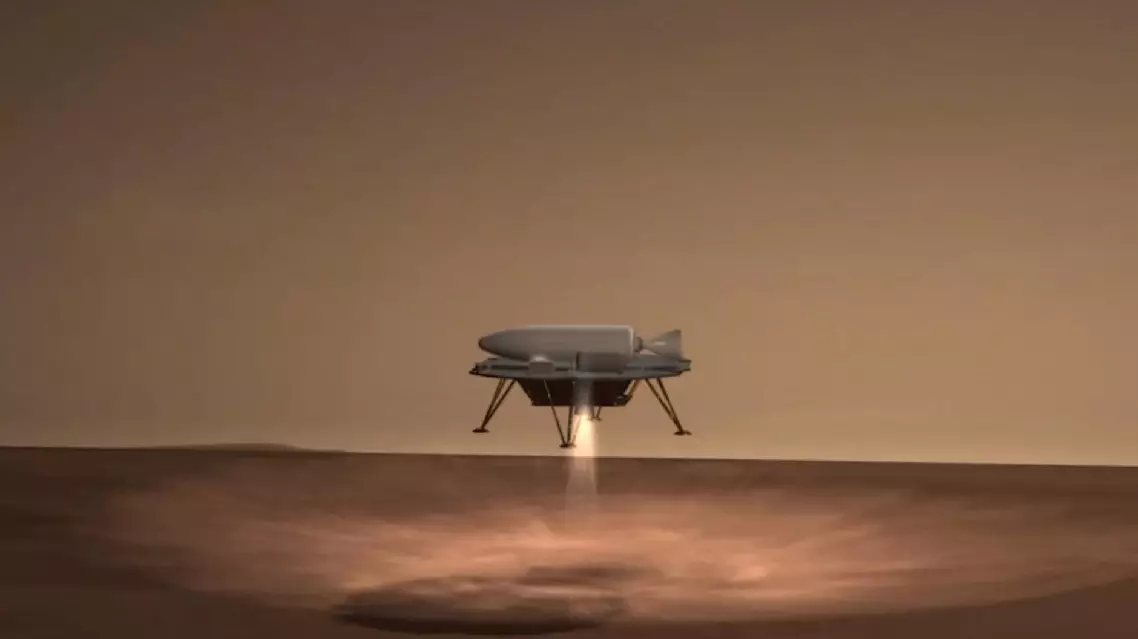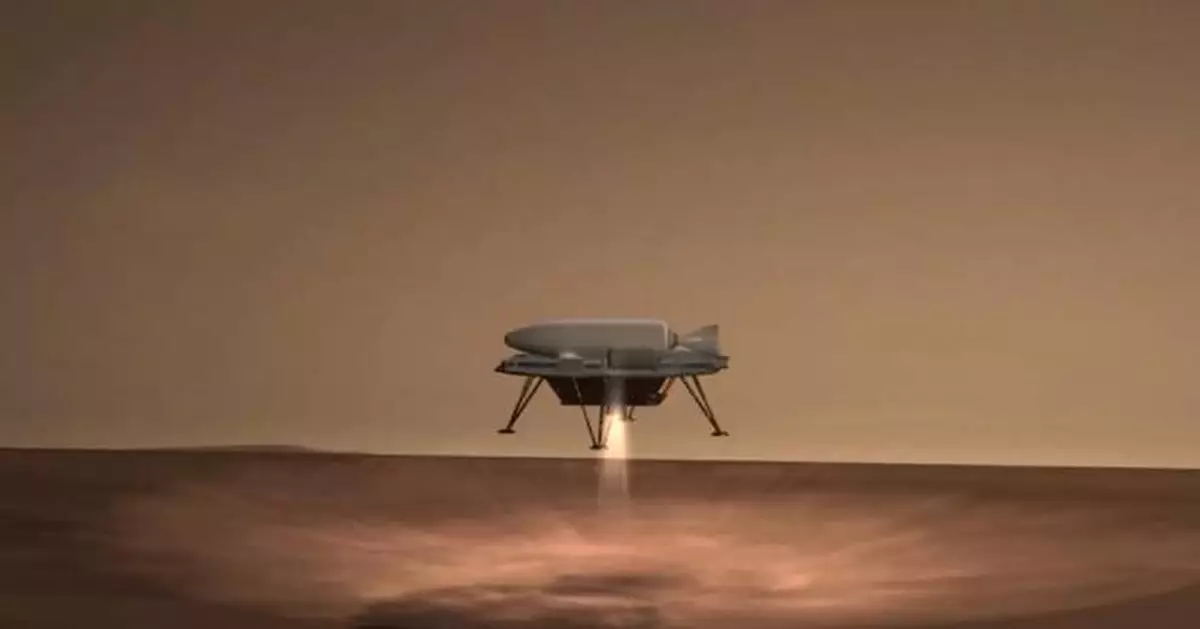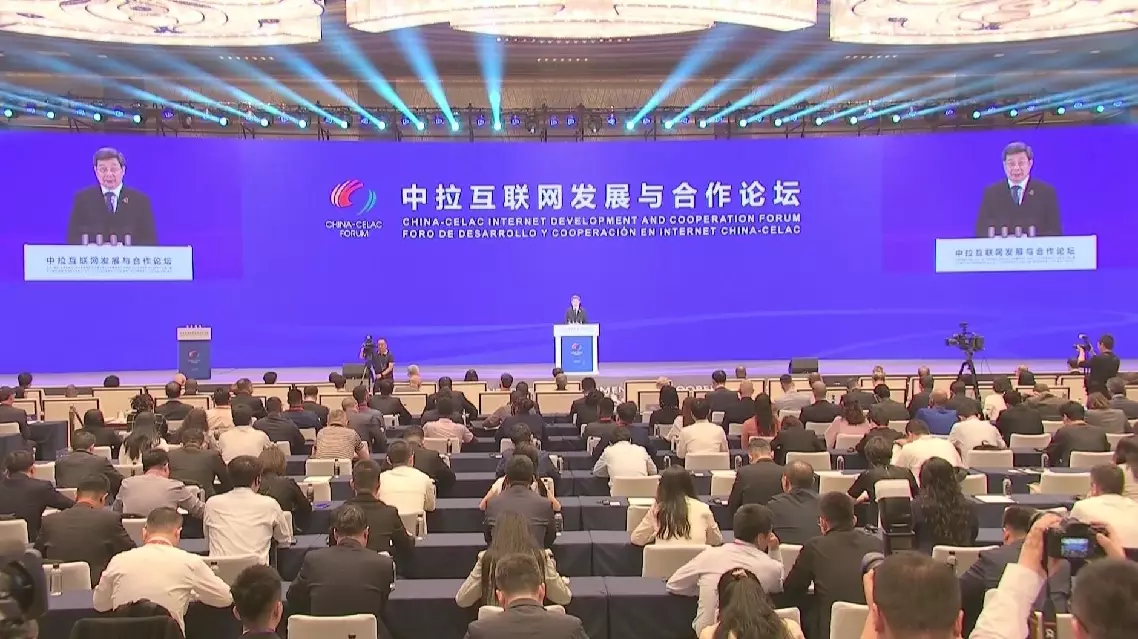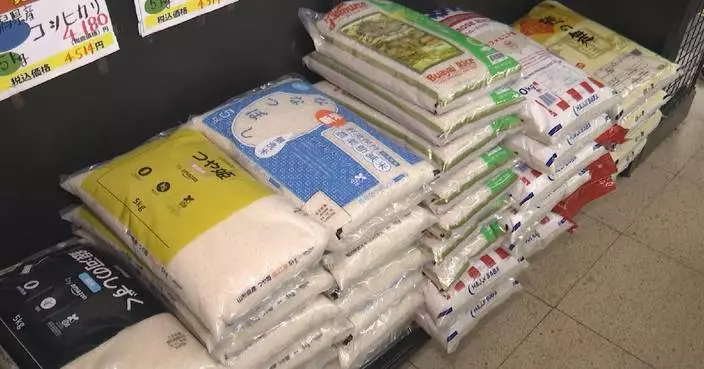China will work with global partners to advance major space missions from asteroid and Mars to Moon explorations for new scientific discoveries and technological breakthroughs, according to the China National Space Administration (CNSA).
Shan Zhongde, CNSA's director, said that China's planetary exploration programs have been progressing as planned, providing opportunities for international cooperation. China's first asteroid sample-return mission, Tianwen-2, will be launched on a Long March 3B carrier rocket from the Xichang Satellite Launch Center in the first half of this year.
"Tianwen-2 is planned to fly alongside and sample an asteroid, return to Earth and fly alongside a main-belt comet in a single launch. In the future, we will advance deep space exploration missions such as the Tianwen-3 Mars sample-return mission and Tianwen-4 to Jupiter in an orderly manner," said Shan.
The Tianwen-3 mission, a significant part of China's planetary exploration program, is scheduled for launch around 2028, according to CNSA.
The Tianwen-4 mission, which will focus on exploring Jupiter and its moons, is also scheduled for around 2030.
China has signed nearly 200 space cooperation agreements with more than 50 countries and international organizations, covering a wide range of fields, including Earth observation, lunar and deep space exploration, and satellite development, according to Shan.
"On this year's China Space Day, the National Space Administration released a notice on Tianwen-3 international cooperation opportunities, welcoming international partners to actively participate in the Tianwen-3 mission and jointly explore the mysteries of Mars. We announced the results of international applications for Chang'e-5 lunar samples and the selection results of international cooperation on the Chang'e-8 mission. We hope to cooperate with international counterparts in the space field, striving to achieve more new scientific discoveries and technological breakthroughs. I believe that China's circle of friends in the space industry will continue to grow," he said.
China designated April 24 as its Space Day in 2016 to mark the successful launch of its first satellite, Dongfanghong-1, on April 24, 1970.
At China's Space Day ceremony in Shanghai, CNSA announced that seven institutions from France, Germany, Japan, Pakistan, the United Kingdom, and the United States have been authorized to borrow lunar samples collected by the Chang'e-5 mission for scientific research.
In 2020, China's Chang'e-5 mission retrieved samples from the moon weighing about 1,731 grams.
CNSA said the Chang'e-8 lunar probe is scheduled for launch around 2029 and will carry payloads from 11 countries and regions and one international organization.
Meanwhile, China is developing a new-generation heavy-lift launch vehicle, the Long March 9. According to Shan, the first stage of the reusable two-stage configuration is scheduled for its first flight in 2030, and the first flight for the fully reusable two-stage configuration will be between 2033 and 2035.

China opens major space missions for international cooperation: space official










